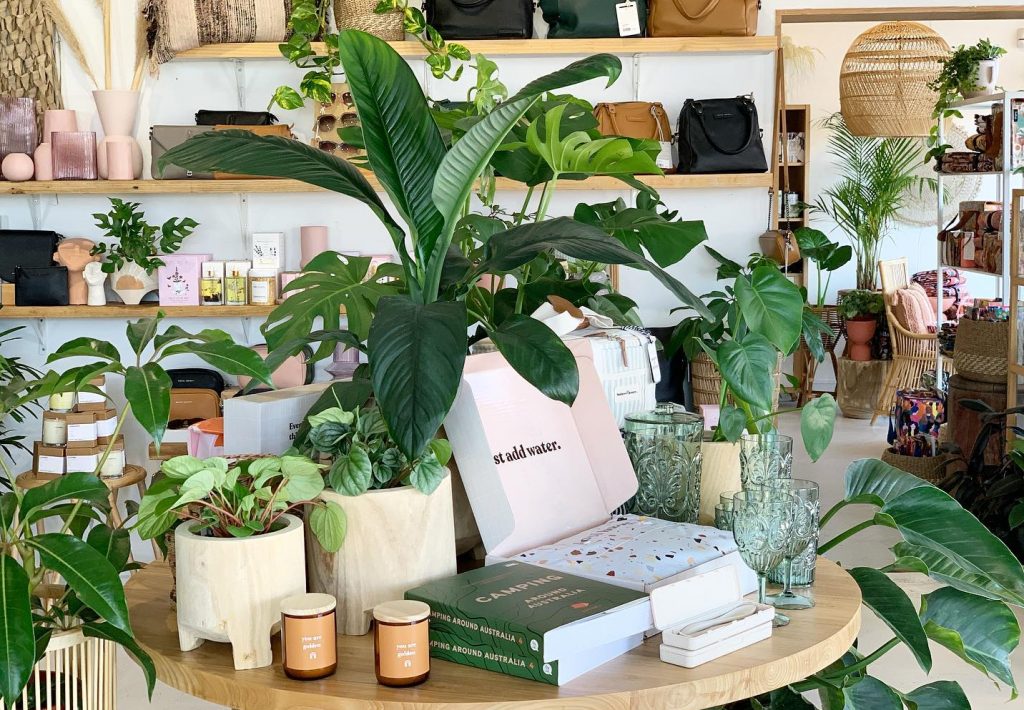The screen time function on iPhones is both a blessing and a curse. Sure it's great to monitor how many hours of doom scrolling you are doing per week but it's also a frightening reminder of our reliance on mobile devices.
This is a habit that Gen Z are paying close attention to, adopting the practice of digital minimalism. In a similar vein to the Marie Kondo phenomenon of the Kon Marie method of reducing physical clutter in your home, digital minimalism instils the same mindset of purposeful reduction in the digital space.
Born of Bauhaus
Minimalism is not a new concept by any means. It gained momentum in the early 20th centre with the Bauhaus School, resurging again in the ’60’s as a reaction to Abstract Expressionism and reappearing yet again in the latest wave, this time permeating almost every aspect of our lives. It comes in the form of life aesthetic, appearing as healthy lifestyle choices as popularised by social media and pop culture. It’s shaped diet culture (‘clean eating’), interior design (de-cluttered to death), and beauty trends (the ‘no make-up’ make-up look), all with a perceived surface-level of a ‘less is more’ approach. It was only a matter of time until the trend infiltrated on the spaces were we spend most of our time – the digital space.
Minimalism in the tech space has existed from a design and functional standpoint long before the concept of minimalistic use came along. Just look at the evolution of the phone – the first generations of the iPhone in its sleek, shiny, space-grey design represented simplicity, a word that has become synonymous with the function of technology. Apps for easy navigation as represented by recognisable associated graphics – it’s minimal yet effective. It’s the depth of functionality available on these smart devices would become the point of reliance.
How tech’s maximisation gave rise to digital minimalism
View this post on Instagram
The less is more approach of technology is suffocated by a drive for more user experiences available on handheld devices. From taking work with you everywhere with the use of emailing and productivity applications, to social networking, banking and health management, personal devices have become a third arm with our reliance at an all time high. It’s this reliance that has become a source of discomfort for some.
Attitudes toward an individual’s own tech usage are a common struggle across all generations. Gen Z are leading the charge when it comes to sourcing a solution, developing a concept known as digital minimisation.
It’s a trend that is catching on. A recent survey by ExpressVPN, conducted with 4000 individuals across the US, UK, France and Germany reported varying degrees of comfort levels with screen time across different generation, however each group expressed a desire to improve their digital habits to benefit mental health and productivity.
Where do Gen Z sit?
View this post on Instagram
Gen Z are the only generation who don’t have lived experience without technology being present and without social medias mark. They essentially grew up at the same time as the iPhone, celebrating milestones together and evolving in the digital age as one. In fact, they were either not yet born or barely cognitive enough to be aware of the Millennium bugs supposed attack on computers that hung onto the end of the 20th century. Gen Z and technology have become synonymous characters in the 21st century.
It’s unsurprising then that Gen Z, who likely use technology the most of the four generations, felt the least comfortable with their reliance on digital devices. The survey indicated that an exceedingly low 14% of Gen Z felt comfortable with their current screen time usage – the lowest percentile out of the four generational groups surveyed. They were closely followed by each proceeding generation with Millennials sitting at 17%, Gen X at 24% and Baby Boomers at 35%.
It’s this discomfort and awareness of their reliance on technology that is leading to proactive steps towards reduction. 17% of Gen Z reported actively being able to limit screen time on most days, second only to Boomers at 18%. In addition, 29% of Gen Z felt mostly good about their ability to manage it, with Millennials sitting only slightly ahead at 33%.
From cradle to connection
View this post on Instagram
Use of technology is becoming not just unavoidable, it’s almost inevitable given the tight hold it has over our lives, especially for those in the Gen Z umbrella. In fact, the Growing Up in Australia report published in 2016 by the Australian Institute of Family Studies found “A majority of Australian children are spending more than the recommended two-hour daily limit for screen-time (watching television, on computers and playing electronic games).”
These findings were further backed in 2019 by the Australian Bureau of Statistics, with a study revealing that, “Around 90 per cent of Australian children are looking at screens each week, and most of them are doing so for 10 or more hours.” Adding to this, according to a study by Deakin University, the lockdowns in 2020 only increased screen time usage among children and young people, a result of the remote learning setup utilising screens for online lessons.
It’s a issue that has even caught the attention of the Victorian Government, with the Commonwealth announcing plans to deliver social media age limits under national legislation.
The introduction of digital minimalism
“Reduced to clear” is no longer left to sales items. It’s the notion of limiting screen time to clear brain space. For Gen Z, this has been labelled as digital minimalism, adopting minimalist methods for lifestyle changes in the digital space.
Digital minimalism doesn’t just have to be locking your phone in a draw for a day so you don’t use it. It may be implementing boundaries to your device use such as limiting the number of notifications one gets, limiting the amount of time one uses their devices, or maybe setting specific rules about the content one consumes or the time of day in which they consume it. It could even be turning on the Do Not Disturb function during particular hours to allow breathing space from 24/7 contact. The aim in similar form to minimalism interior and storage organisation, is to create a space that is clean, simple and rid of unnecessary clutter.
It would be extreme and wildly unachievable in today’s society to completely ditch technology for the health benefits it presents, but that’s not what digital minimalism is about. It’s a “less is more” approach, not a “gone for good” approach.
Where to start
View this post on Instagram
We’re not going digital nomad here so don’t throw your phone away just yet! It’s small changes to your relationship with your digital devices that will enable you to find a sustainable balance between screen time overuse and a full digital detox. While the trend is certainly on the rise with Gen Z, you need to assess how it could work for your individual situation, factoring in work, human connection, life administration and downtime use. Like with any lifestyle change, the first step is wanting to make a change!







